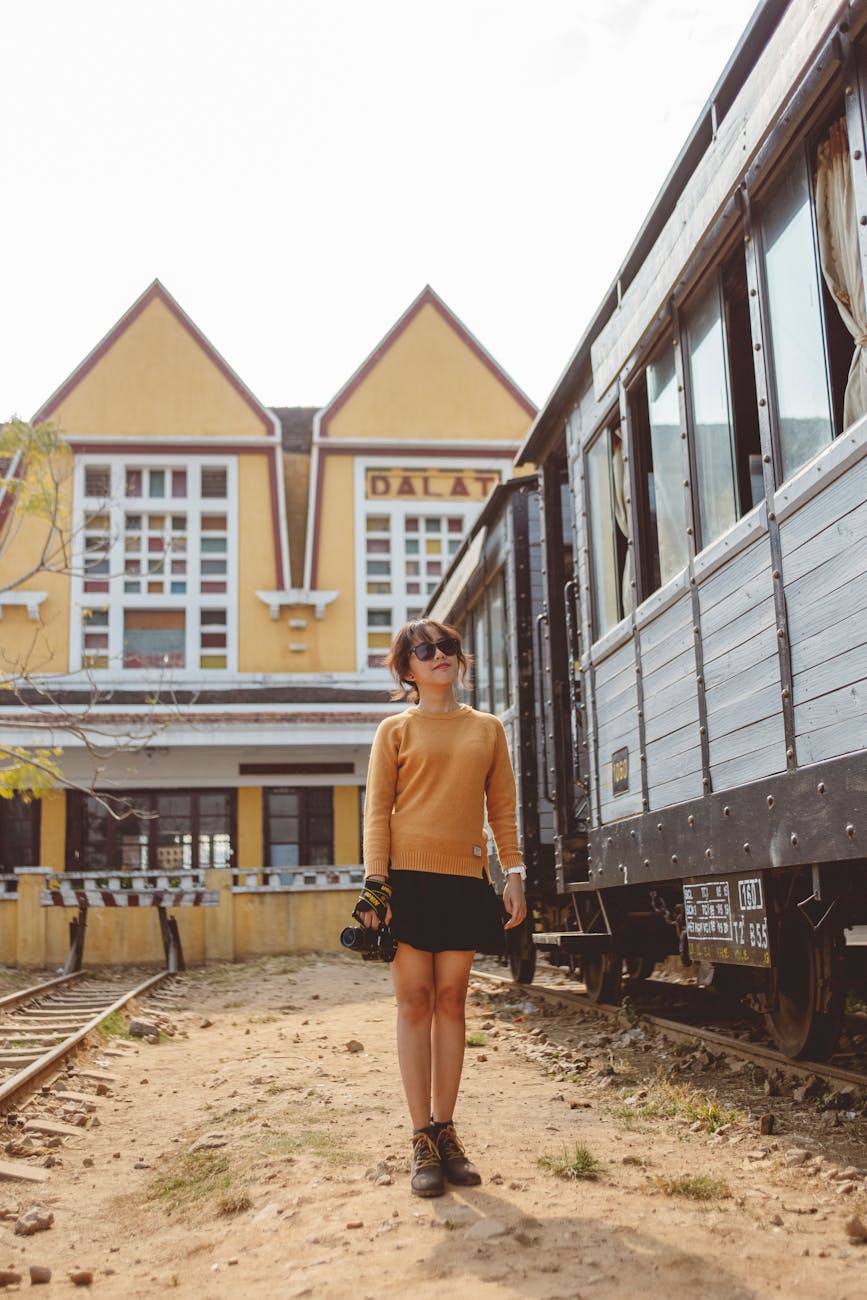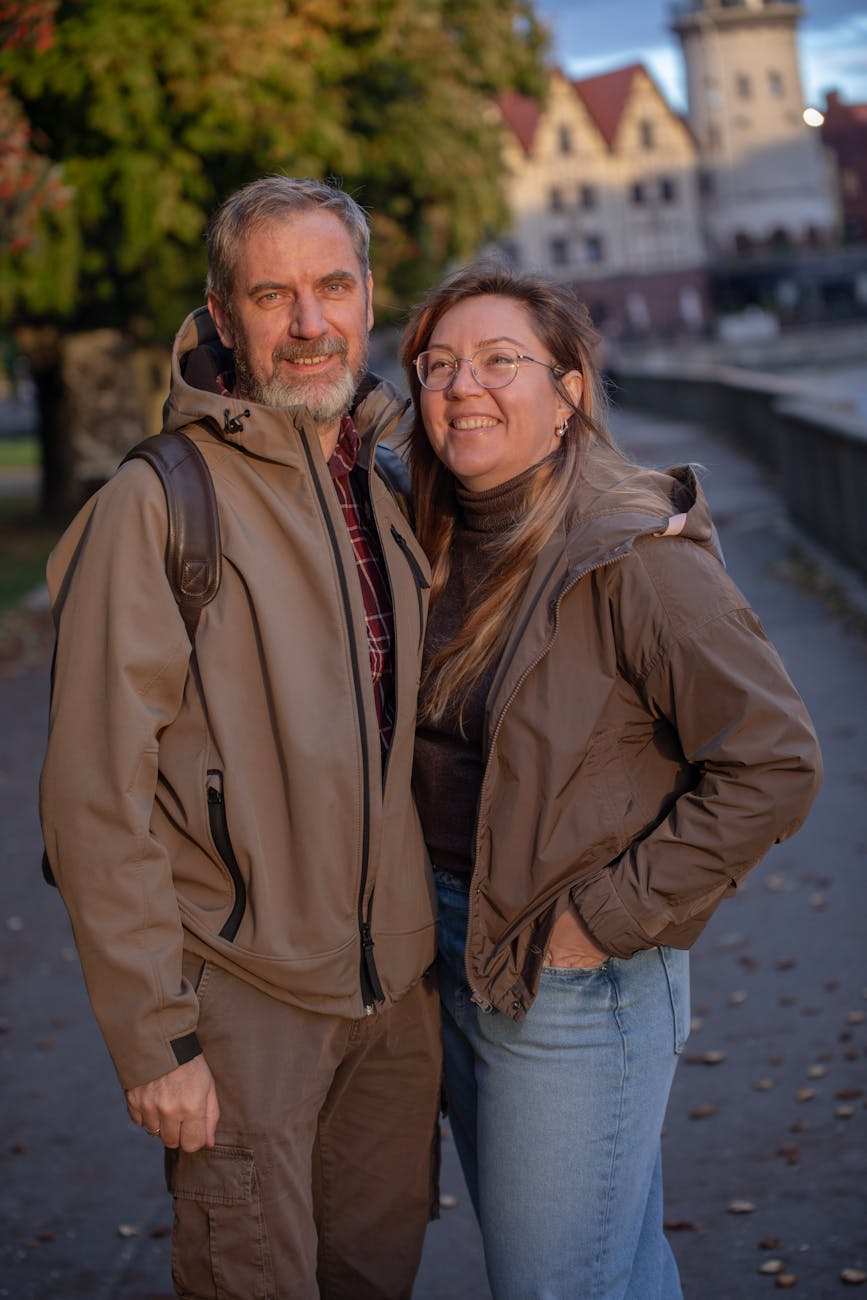Train journeys hold a special allure, a unique blend of adventure and tranquility. As the landscape rushes past and rhythmically rocks you back and forth, the opportunity for breathtaking photography beckons. Stunning train journey photos don’t just happen; they require a keen eye, a bit of preparation, and a sprinkle of creativity.
This post unveils the secrets behind capturing captivating train journey photos, revealing techniques to elevate your imagery and transport viewers into the heart of your travels. Get ready to embark on a venture that transforms ordinary snapshots into extraordinary memories worth sharing.
When it comes to stunning photographs, timing is crucial. Moments that encapsulate the essence of your journey can often slip away if you aren’t prepared. Whether it’s a fleeting smile from a fellow passenger or the steam bursting from the engine, seizing these instances elevates your storytelling prowess. Always keep your camera accessible, and remain in tune with the environment around you.
Being attuned to your surroundings means you won’t miss that perfect sunset glimmering off the tracks or that child gazing out the window with wonder. Pausing to observe the melting together of experiences allows for spontaneous opportunities that can yield gorgeous images when least expected. Each trip presents a chance to capture something special; your mission is to be ready to document these golden moments.
In photography, composition is the backbone of an engaging image. The rule of thirds offers a solid foundation, guiding you on where to position elements for maximum impact. By aligning your subject across gridlines rather than centering it, the result often feels more dynamic and engaging.
However, don’t constrain yourself to conventional wisdom. Experiment with symmetry, leading lines, and framing to add depth to your images. Incorporating layers, like the vibrant train interior contrasted against the vast wilderness outside, can draw viewers in, inviting them to explore the story unfolding before them. Each photograph becomes a narrative experience, compelling people to have an emotional response to what they see.
Natural light can transform an ordinary image into a work of art. Early morning or late afternoon light casts a warm glow, enriching colors and creating beautiful shadows that add texture. Soft, diffused light on overcast days can create a serene atmosphere, perfect for introspective shots.
Understanding the dance of light and shadow allows photographers to play with contrast, making objects pop or softly blending them into dreamy, ethereal scenes. Additionally, backlighting can illuminate the silhouette of a passenger against a sunset, enhancing the narrative’s emotional depth. Harnessing light enables you to paint with pixels, crafting mesmerizing visuals that resonate with your audience.
Challenge yourself to explore new angles. The traditional straight-on shot surely has its merits, but venturing outside the norm can lead to exceptional results. Crouching down to catch the train wheels on the tracks or leaning out the window to snap a candid of joyful friends creates dynamic compositions that breathe life into your photographic portfolio.
Taking advantage of reflections can also produce stunning visuals. Mirrors or shiny surfaces within the train can capture intriguing perspectives, adding intrigue and curiosity to your shots. Each unique angle reveals a different facet of the journey, inviting your audience to interpret the experience through their personalized lens.
Every adventure needs a bit of planning, especially when it comes to photography. First, familiarize yourself with your equipment. Whether you’re using a smartphone or a professional camera, understanding its features and limitations can significantly impact the outcome of your photos.
Moreover, preparing for different lighting conditions and potential weather changes is vital. Bringing lens wipes, extra batteries, and memory cards ensures you won’t miss a moment due to unexpected mishaps. As you board the train, carry your essentials, including snacks to sustain your energy as you indulge in capturing the essence of your journey. The chance to photograph nature in motion, bustling cityscapes, or intimate moments among strangers awaits, and being ready equips you to seize these captivating opportunities.
Editing is where the magic happens—taking your raw images and enhancing them into stunning masterpieces. Familiarize yourself with various editing software options and mobile applications that enable you to adjust exposure, contrast, and colors. A touch of cropping can help center your focus, while filters can add personality and flair.
Moreover, don’t shy away from playing with saturation and brightness to create a mood that aligns with your story. An ordinary shot can transform dramatically through thoughtful editing, captivating your audience and offering them a glimpse of your vibrant journey. Embrace the editing process with excitement; it’s where your vision truly comes to life, turning good photos into something truly spectacular.
The art of capturing stunning train journey photos intertwines creativity, technique, and an adventurous spirit. By honing your ability to observe fleeting moments, mastering composition, understanding light, and preparing for unforeseen circumstances, you ensure that you have the tools needed to craft beautiful narratives through your lens. Each click of the shutter holds potential, every journey offers a vast canvas waiting to be painted with your unique perspective.
So, the next time you board a train, remember these tips, embrace spontaneity, and let your photography tell the stories that need to be shared. Your astonishing captures will not only document your journey but will also inspire others to embark on their own train adventure, evoking a sense of wanderlust that lingers long after the journey ends.
What camera settings should I use for train photography?
Using a fast shutter speed is ideal, especially when capturing movement. A higher ISO can help in low light conditions, and adjusting your aperture can offer more depth of field through creative focus.
How can I avoid reflections while photographing from a train?
To minimize reflections, you might want to press your lens against the window, or use a polarizing filter. This reduces glare and helps maintain sharpness.
Is it worth investing in editing software?
Absolutely! Quality editing software allows for precise adjustments that can elevate your images significantly. Even subtle changes can make a vast difference in the final look.
What time of day is best for train photography?
Golden hour, shortly after sunrise or before sunset, provides the most flattering light. However, overcast days can also yield beautiful, soft lighting for mediums.
Should I take more candid shots of fellow passengers?
Candid shots can be some of the most powerful images. They capture genuine emotions and unexpected moments of human connection, enriching the narrative of your journey.
Image Credit: Pexels





